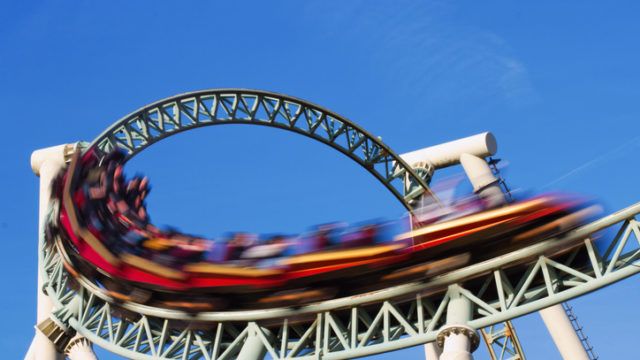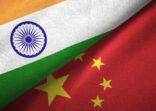If you want high returns, you need to take higher risks and accept that the returns on your investment will be more volatile. But is it always the case?
FSA has taken a look at Asia-Pacific ex-Japan equity funds registered for sale in Hong Kong to see how well active fund managers control volatility. There are currently 112 funds in the category with at least a three-year track record and volatility data available from FE.
While many measures of risk-adjusted returns exist, FSA used the basic ones: the three-year cumulative total return and the three-year volatility of returns.
In a macro context, volatility has remained low for years as central banks engage in asset buying programs, which tends to foster market stability and calm investor sentiment. There have been only a few exceptions in the last three years when global volatility surged. In late 2015 and early 2016, China’s slowing GDP growth and over-leveraged retail investors on the mainland spooked global markets.
It should be no surprise then that the data shows most fund managers have controlled volatility over the past three years. Although the majority of funds (59) had volatility greater than the index and 53 funds had less, nearly all the funds remained fairly close to index volatility.
One observation is that the three best performing funds are no more volatile than the category index, while delivering substantially better returns.
The three best performing funds, the Baring Eastern Trust, the Baring Asia Growth and the JP Morgan Asia Growth, had volatility within the range 14.4-15.4 and delivered 47.1%-48.5% returns.
They compare very favourably with the MSCI Asia-Pacific ex-Japan index, which delivered only 26.86% with a very similar volatility of 14.5.
Performance vs volatility for Asia-Pacific ex-Japan mutual funds

Data: FE, returns in US dollars, as of 30 November 2017
The worst performing funds tended to have the lowest volatility, which suggests a correlation between risk and return, although it is relatively weak (R squared: 0.07). We have illustrated it on the chart with a regression line.
However, the Schroder ISF Asian Total Return Fund showed the lowest volatility, 9.42, and a return higher than the index (36.5%).
In comparison, the two funds with the highest volatility both returned less than the index. The ICBC Asia Selection Growth Fund, with a 19.05 volatility, had a 25.5% return and the GAM Star Asia Equity Fund, at 18.91, delivered a 19.79% return.
The median volatility for the category is 14.61.
It is fair to say that markets have been relatively peaceful the last three years and the real test of volatility management will come only as interest rates rise and inflation picks up. However, a consensus among asset managers seems to be that 2018 will usher in a continuation of the calm market environment.

















